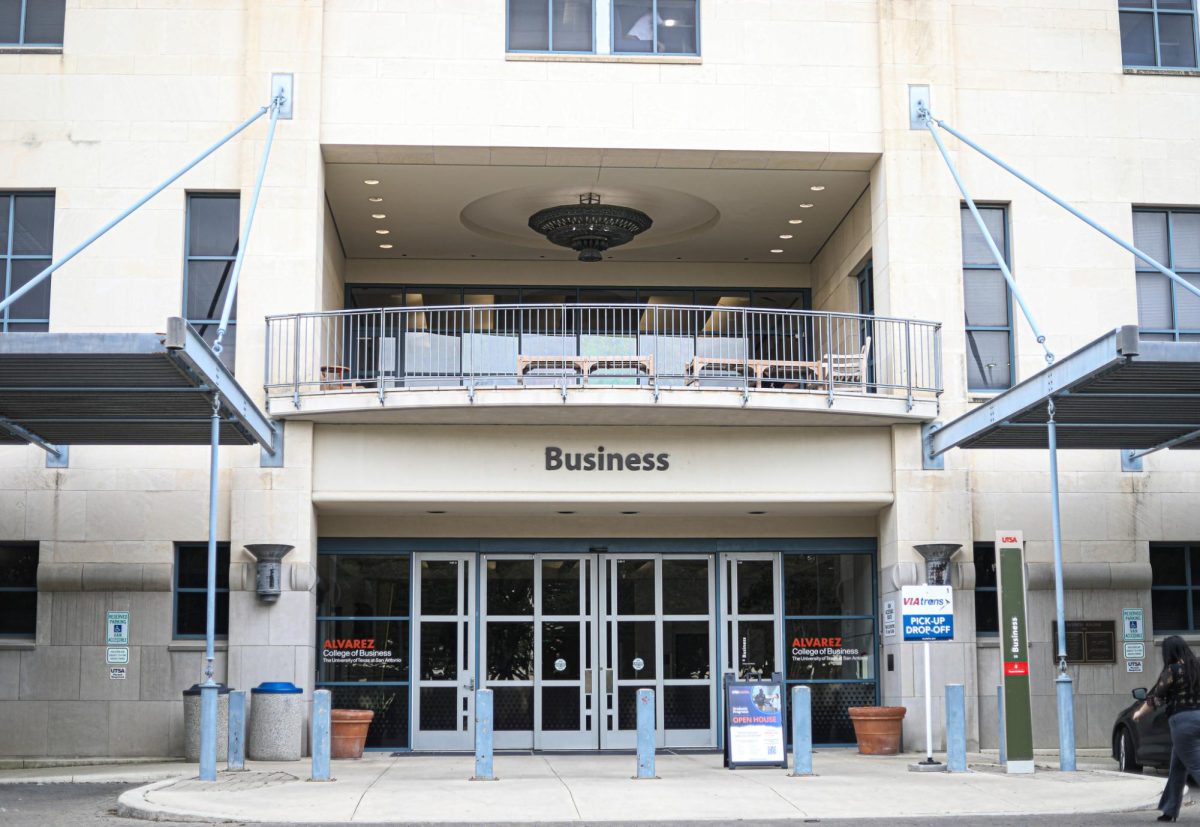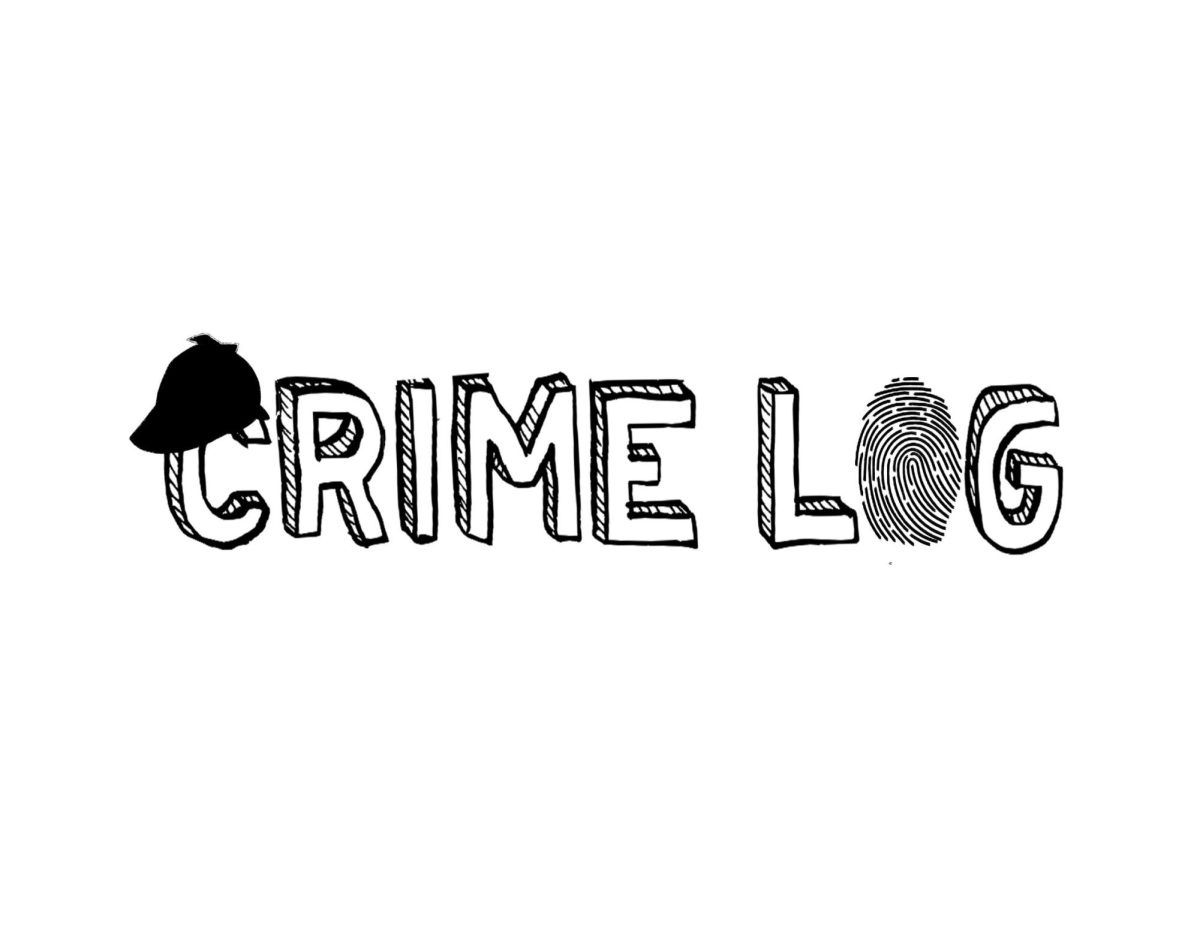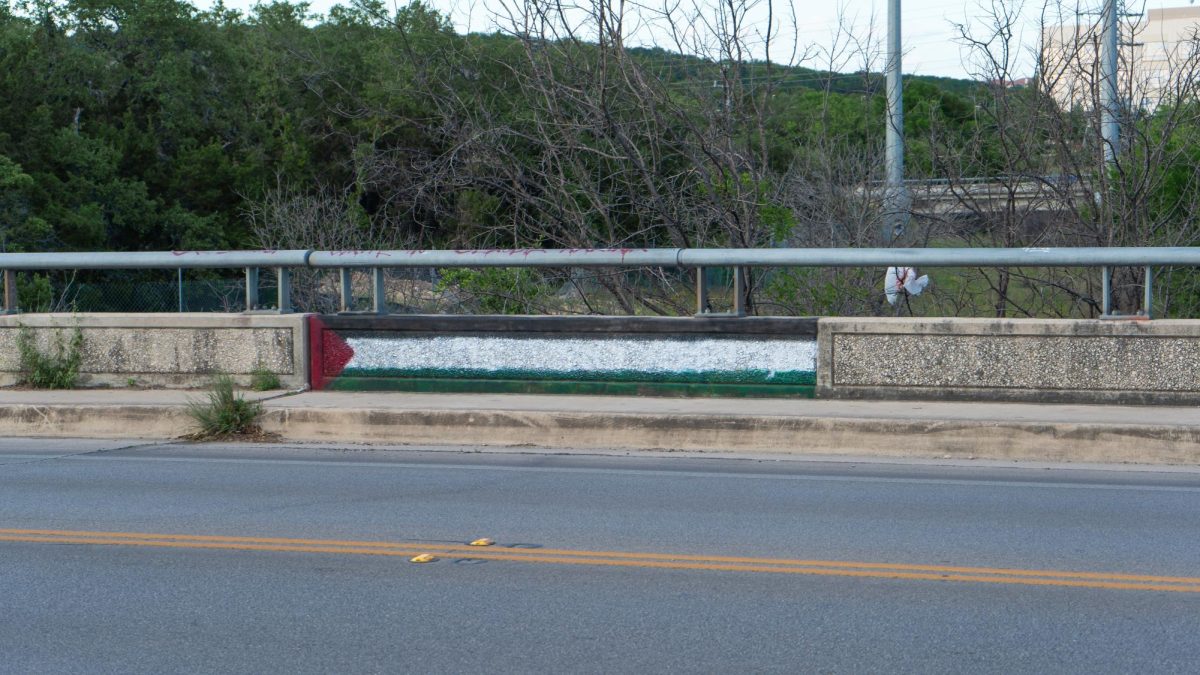_superhero_class__gallery.png)
Photo Courtesy of Jamon Halvaksz
Coming fall 2015: the Anthropology of Superheroes — a social science elective — courtesy of Associate Professor of Anthropology Jamon Halvaksz. An avid comic book reader and pop culture enthusiast, Halvaksz believes the course will be an avenue for students to explore basic anthropological concepts such as race, ethnicity, gender roles, nature, culture, utopias and dystopias, violence, security and vigilante justice, to name a few.
“We’re going to be reading about becoming a cyborg and the real-world issues comics address,” Halvaksz explained.
The textbooks for the course will include four to five graphic novels and articles posted to Blackboard.
“By mixing the comics with an article or two that deals with more real-world sorts of issues, students can see comics as a way of exploring possibilities and see pop culture as a way of exploring those possibilities, which it always has been.”
Halvaksz notes the importance of thinking critically about the pop culture we consume and how it informs the future. He is also intrigued by seeing students as creators and will ask them to create their own superhero and supervillian. His students will be graded on “the kind of world they would create if they could create their own comics.” There will even be a costume contest at some point.
Another topic students can expect to examine in the Anthropology of Superheroes is the subculture aspect of comics and understanding the fandom itself.
“We’ll be doing an ethnography of Alamo City Comic-Con together. I’m calling it a swarm-ethnography. We’ll swarm the event, gather data and come back to write about it and create some sort of collective piece about our experiences there,” Halvaksz said.
After all, attending Alamo City Comic-Con with his family was Halvaksz’s inspiration for the course itself. After his wife and daughter suggested he teach the course, Halvaksz presented the idea to his class the following day.
“I expected every guy to raise their hand, but it was a good balance between genders. Women were as interested as men.”
While comics and superhero movies are generally seen as male-dominated genres, Halvaksz believes that things are changing for women in comics and that they allow for people to think about different gender roles that they can take.
“Unfortunately, I think the industry itself is very much linked to sales, and that’s why independent comics are important for opening up the possibilities of markets where female characters are leads,” Halvaksz said.
Halvaksz noted Ms. Marvel (an assigned reading for the course) as a prime example of an anthropological theme portrayed in contemporary comics. The protagonist is a Pakistani-American teenager who undergoes genetic mutations that give her superpowers and who also faces the struggle of designing her own costume, a “burquini.” Halvaksz goes on to relate this to the post 9/11 idea that Muslim women “need saving” because they wear veils and how the idea of Arab women’s rights were used to justify warfare.
Halvaksz described the stereotype as “a misreading of Arab feminism, which is a different kind of feminism than American feminism. And so placing that into the context of how the comic book deals with these issues of ‘What do I wear if I’m a superhero?’”
Halvaksz’s work usually centers around agriculture and change in New Guinea and he describes the Anthropology of Superheroes course as stepping out of his comfort zone. The course will be available in the fall of 2015 and has no prerequisites besides an interest in and love for comics.
#UTSA











